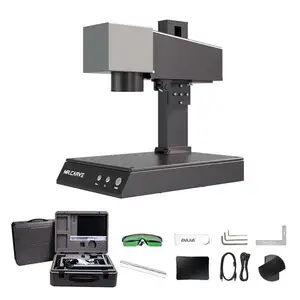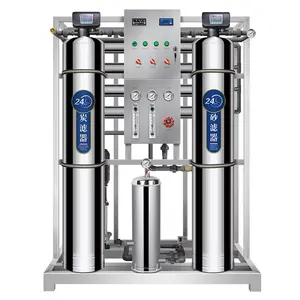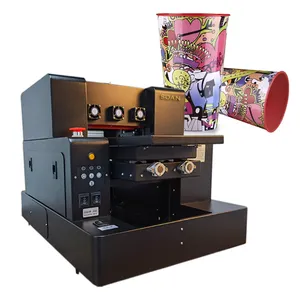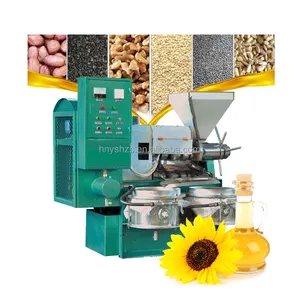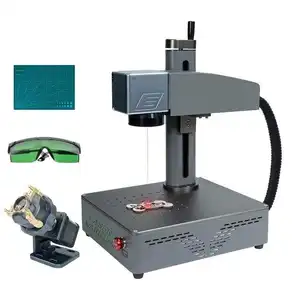Popular in your industry







































































Top categories
About rice transplanter in philippines
A rice planter machine Philippines is a specialized agricultural implement designed to mechanize the process of transplanting rice seedlings into paddy fields. In traditional rice cultivation, this step is labor-intensive, where farmers manually transplant young rice plants, known as seedlings, into the prepared field. However, with the advent of modern agricultural machinery, particularly the rice transplanter, this crucial stage of rice cultivation has been significantly streamlined, offering increased efficiency and productivity to farmers.
Types of rice planter machine in the Philippines
There are several types of rice planters available in the Philippines, each with its unique features and suitability for specific farming conditions. The most common types include the riding-type rice transplanter, the walking-type rice transplanter, and the self-propelled rice transplanter. The riding-type rice transplanter is a tractor-pulled implement that allows the operator to sit on the machine while transplanting, increasing comfort and reducing operator fatigue. The walking-type rice transplanter is a lighter and more maneuverable machine that requires an operator to walk behind it during transplanting. This type is often favored for smaller fields or areas with limited access for larger machinery. The self-propelled rice transplanter is a standalone machine with its engine and drivetrain, offering enhanced mobility and independence from a separate tractor. These machines are typically equipped with advanced features, such as GPS-guided navigation and automatic seedling feeding, further improving planting accuracy and efficiency.
How to use a rice planter machine in the Philippines
Using a rice transplanter in the Philippines involves several steps to ensure efficient and accurate seedling transplantation. First, the paddy field should be properly prepared, with the soil leveled and flooded to the appropriate depth. The seedlings should be prepared and loaded into the machine's seedling tray. The machine's depth and spacing settings should be adjusted according to the specific planting requirements. Next, the operator drives or walks the rice transplanter through the flooded paddy field, and the machine automatically plants the seedlings at the set intervals. The operator must monitor the planting process, making any necessary adjustments to ensure consistent and proper planting. After completing the transplanting, the machine is cleaned and maintained for future use.
Advantages of using a rice transplanter in the Philippines
The advantages of using a rice transplanter in the Philippines are numerous and include increased efficiency, improved planting accuracy, labor savings, and enhanced crop yields. The machine's ability to precisely plant seedlings at consistent intervals and depths contributes to better crop establishment and overall productivity. Additionally, the labor-saving nature of rice transplanters addresses the challenge of labor scarcity in many agriculture sectors. By automating the transplanting process, farmers can achieve significant time savings and reduce dependency on manual labor. Furthermore, the use of rice transplanters in the Philippines can lead to increased crop yields. The machine ensures that each seedling is optimally placed in the field, allowing for better root development and overall plant growth. This translates into healthier crops and higher yields for farmers. The adoption of rice transplanters also contributes to sustainable agriculture practices. By reducing the need for continuous manual labor, farmers can manage their resources more efficiently, leading to long-term benefits for the environment and the agricultural industry as a whole.
